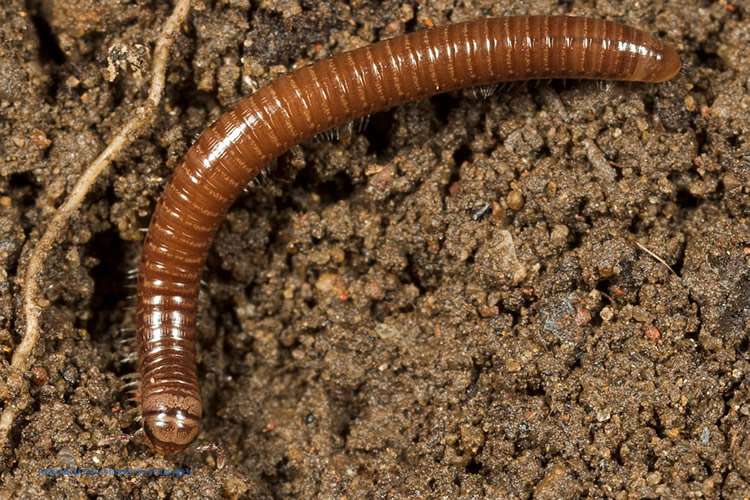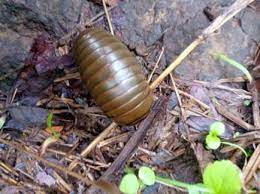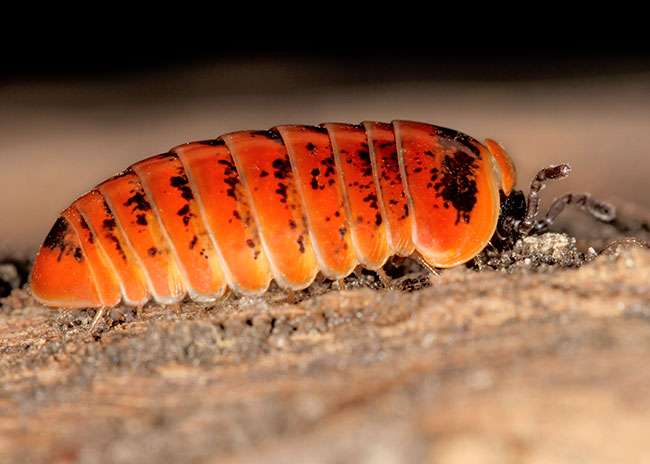Cylindroiulus britannicus
Description There is no protruding telson on this brown millipede. Comparable Species Initially like the closely related Cylindroiulus latestriatus in appearance (and also the scarce Cylindroiulus parisiorum and Cylindroiulus truncorum).
Cylindroiulus britannicus Read More »











